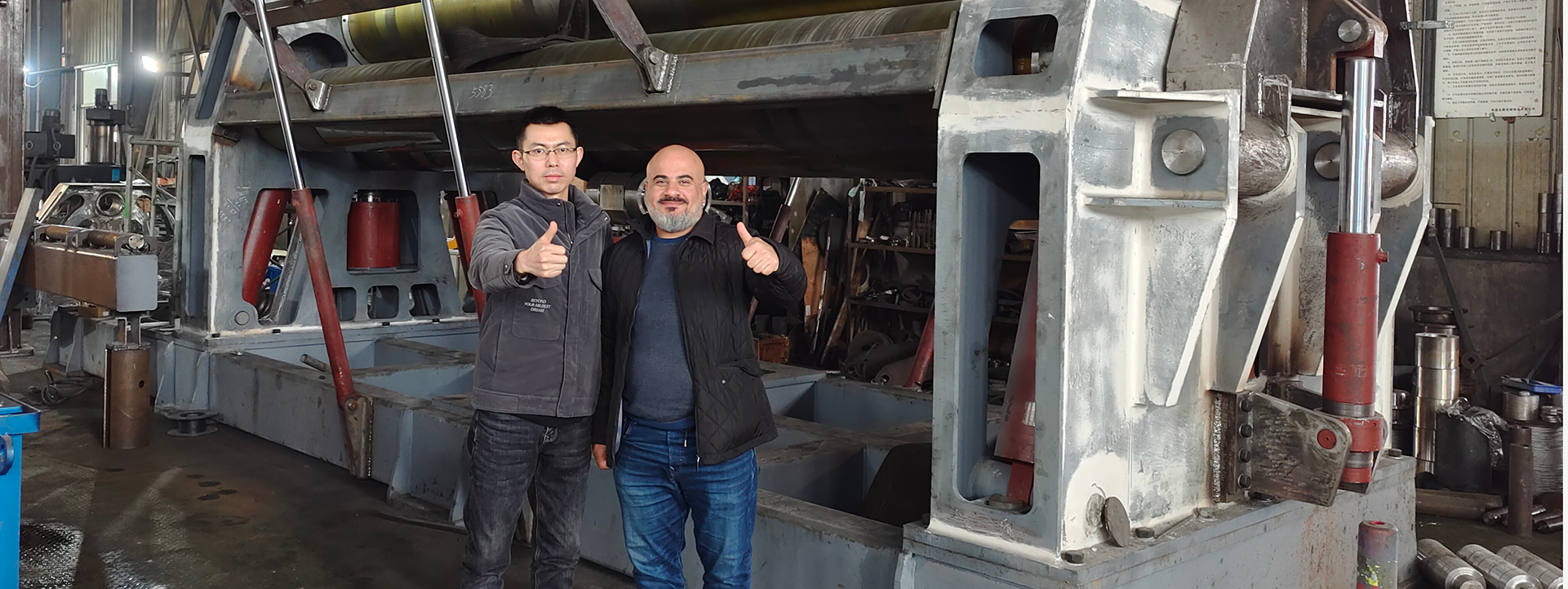Precision and Material Efficiency in Sheet Metal Bending
Reduced Material Waste Through High Accuracy
High accuracy in sheet metal bending is crucial for reducing material waste. Advanced technologies, such as CNC (Computer Numerical Control), provide unparalleled precision, ensuring that each bend meets the specifications exactly. Statistical data indicates that high precision in bending processes can lead to a reduction in scrap rates by up to 30%, which represents significant material savings. Furthermore, the integration of laser measurement systems allows for real-time adjustments, further enhancing the accuracy of the bending process. This not only improves material efficiency but also leads to cost savings and a decrease in the environmental impact associated with excess material waste.
Complex Geometries with CNC-Controlled Systems
CNC-controlled systems have transformed the ability to produce complex geometries previously unattainable with traditional methods. These systems automate the calculations for bending angles and material behavior, providing precision that surpasses manual capabilities. The flexibility of CNC bending machines enables quick adjustments to accommodate intricate designs with minimal downtime. This technological advancement permits manufacturers to achieve sophisticated shapes and intricate patterns, enhancing the overall quality and appeal of the final products, thereby opening new avenues for innovation in metal fabrication projects.
Enhanced Production Speed and Flexibility
Rapid Setup and Changeover Capabilities
Modern pressing machines offer rapid setup and changeover capabilities, significantly reducing the time from job initiation to full-scale production. This advancement is primarily due to standardized tooling and sophisticated programming that enable changeovers within minutes instead of hours. The quick setup enhances manufacturing efficiency, allowing for more agile production processes and the ability to execute smaller production runs without a considerable increase in costs. Consequently, businesses can respond more swiftly to market demands and customer orders with minimal downtime, maintaining high levels of productivity.
Versatility Across Materials and Thicknesses
Today’s press brakes demonstrate exceptional versatility, capable of handling a wide range of materials, such as aluminum and stainless steel, across varying thicknesses. This adaptability is facilitated by advanced bending technologies which allow operators to adjust parameters on-the-fly, thereby optimizing the machine's performance for different materials. This flexibility eliminates the need for multiple dedicated machines, effectively streamlining both the workspace and the financial resources required for equipment investment. The ability to accommodate such a broad spectrum of materials and specifications not only enhances production flexibility but also broadens the scope of potential projects a facility can undertake.
Automation and Cost-Effective Manufacturing
Integration of CNC and Hydraulic Technologies
The integration of CNC and hydraulic technologies has revolutionized the manufacturing sector by enhancing precision and reducing operation times. This synergy leads to significant cost savings as it allows for high-precision complex bending operations without manual intervention, which would typically require more time and resources. Manufacturers that adopt these technologies, such as CNC guillotine shearing machines and hydraulic plate bending machines, report substantial decreases in production cycle times. This efficiency not only improves manufacturing processes but also contributes to the overall competitiveness of the business.
Lower Labor Costs and Increased Output
Automation in manufacturing brings about a notable reduction in labor costs by diminishing the need for manual labor, especially in tasks that are repetitive and time-consuming. Machines like CNC plate rolling machines can significantly increase output rates while maintaining product quality. Some automated systems can produce output levels up to 50% higher than traditional non-automated machines, offering a clear advantage in operational efficiency. This reduction in labor input, coupled with increased machine output, contributes significantly to lowering overall operational costs, making manufacturing more cost-effective.
Advantages for Prototyping and Custom Fabrication
Streamlined Prototype Development
Streamlined prototype development is a significant advantage of modern bending technologies, allowing for quicker completion of prototypes and enhancing the design process. With the advancements in machinery like CNC plate bending machines, manufacturers can achieve rapid prototyping, which in turn provides immediate feedback and permits swift adjustments. This capability is invaluable in competitive industries where time-to-market is crucial. Companies gain the ability to innovate rapidly, responding to market demands efficiently, and positioning their products ahead of competitors.
Custom Tooling for Unique Applications
Custom tooling for unique applications offers businesses a distinct competitive advantage in specialized markets. Having the capacity to create bespoke tools tailored to specific product designs not only enhances creativity but also ensures product differentiation. The implementation of custom tooling solutions leads to reduced production time and costs, especially beneficial for specialized components. Manufacturers can cater to niche projects effectively through flexibility, making their operations more adaptable to unique consumer needs. Such customization possibilities are vital for organizations aiming to stand out in the fields of CNC guillotine shearing machines and hydraulic plate bending machines.




